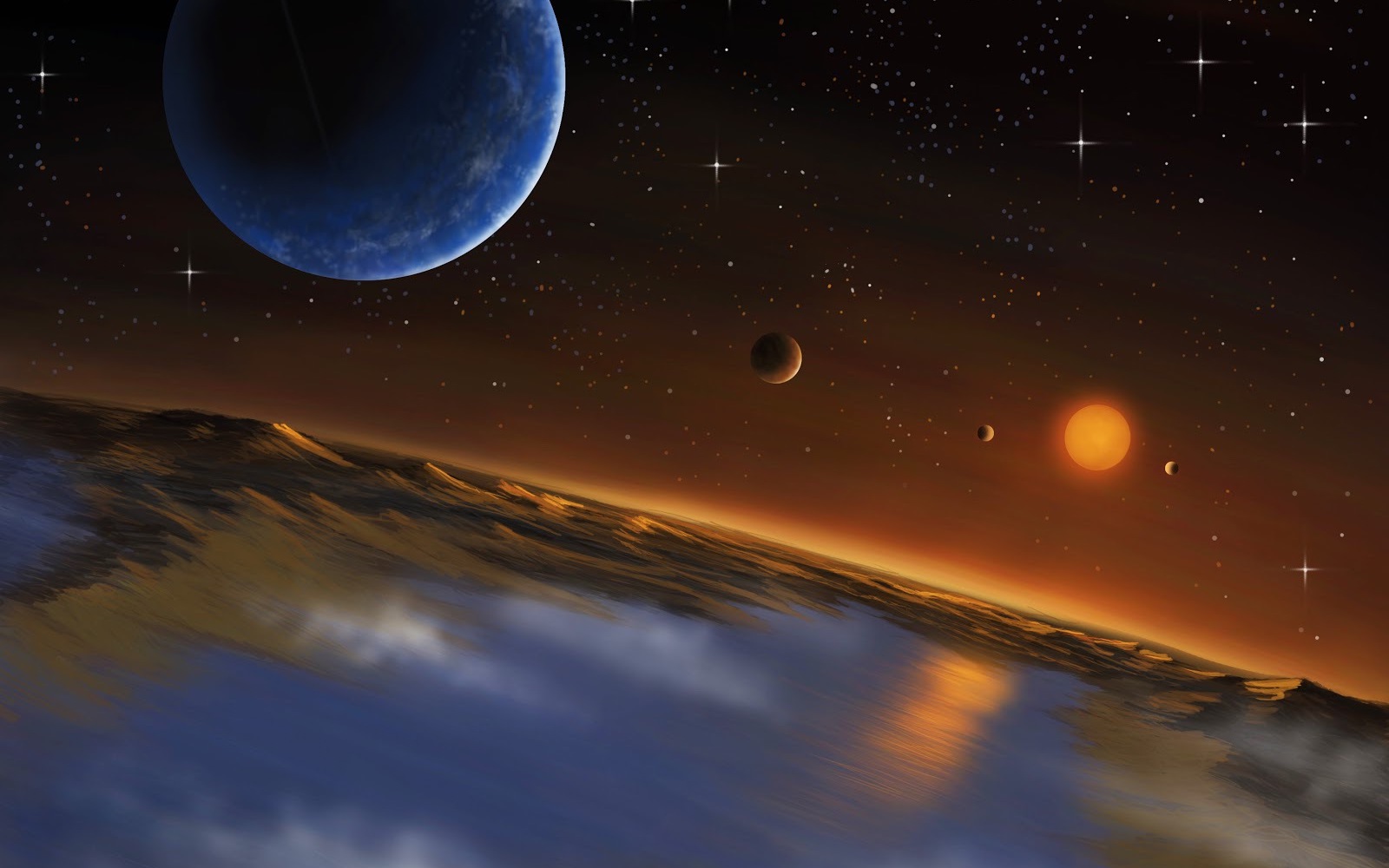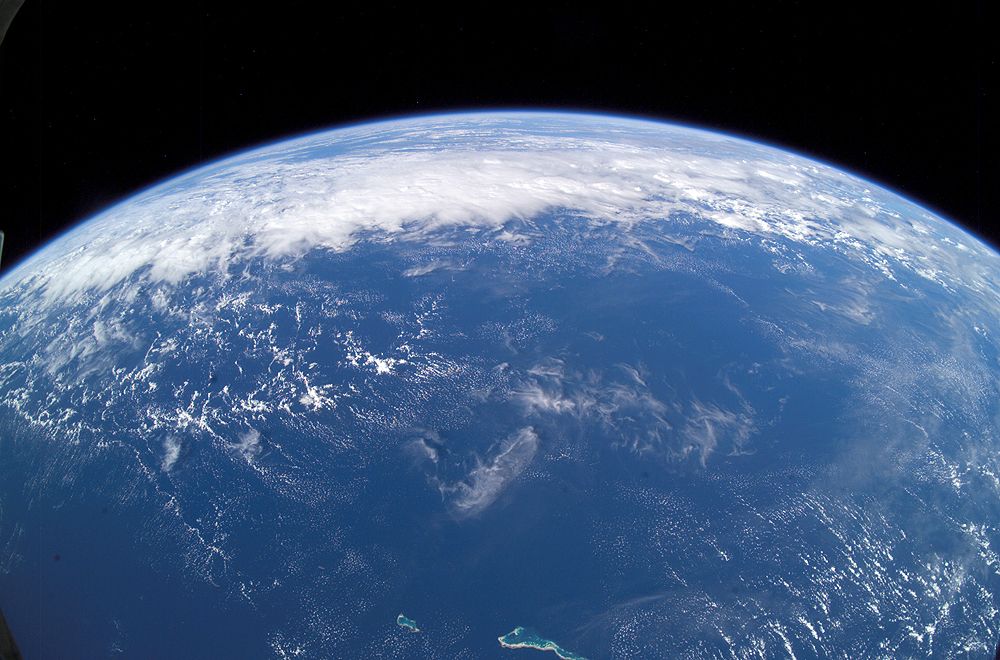The oxygen cycle is the cycle that helps move oxygen through the three main regions of the Earth, the Atmosphere, the Biosphere, and the Lithosphere. The Atmosphere is of course the region of gases that lies above the Earth’s surface and it is one of the largest reservoirs of free oxygen on earth. The Biosphere is the sum of all the Earth’s ecosystems. This also has some free oxygen produced from photosynthesis and other life processes. The largest reservoir of oxygen is the lithosphere. Most of this oxygen is not on its own or free moving but part of chemical compounds such as silicates and oxides.
The atmosphere is actually the smallest source of oxygen on Earth comprising only 0.35% of the Earth’s total oxygen. The smallest comes from biospheres. The largest is as mentioned before in the Earth’s crust. The Oxygen cycle is how oxygen is fixed for freed in each of these major regions.
In the atmosphere Oxygen is freed by the process called photolysis. This is when high energy sunlight breaks apart oxygen bearing molecules to produce free oxygen. One of the most well known photolysis it the ozone cycle. O2 oxygen molecule is broken down to atomic oxygen by the ultra violet radiation of sunlight. This free oxygen then recombines with existing O2 molecules to make O3 or ozone. This cycle is important because it helps to shield the Earth from the majority of harmful ultra violet radiation turning it to harmless heat before it reaches the Earth’s surface.
In the biosphere the main cycles are respiration and photosynthesis. Respiration is when animals and humans breathe consuming oxygen to be used in metabolic process and exhaling carbon dioxide. Photosynthesis is the reverse of this process and is mainly done by plants and plankton.
The lithosphere mostly fixes oxygen in minerals such as silicates and oxides. Most of the time the process is automatic all it takes is a pure form of an element coming in contact with oxygen such as what happens when iron rusts. A portion of oxygen is freed by chemical weathering. When a oxygen bearing mineral is exposed to the elements a chemical reaction occurs that wears it down and in the process produces free oxygen.
These are the main oxygen cycles and each play an important role in helping to protect and maintain life on the Earth.
If you enjoyed this article there are several other articles on Universe Today that you will like. There is a great article on the Carbon Cycle. There is also an interesting piece on Earth’s atmosphere leaking into space.
There are also some great resources online. There is a diagram of the oxygen cycle with some explanations on the NYU website. You should also check out the powerpoint slide lecture on the oxygen cycle posted on the University of Colorado web site.
You should also check out Astronomy Cast. Episode 151 is about atmospheres.




